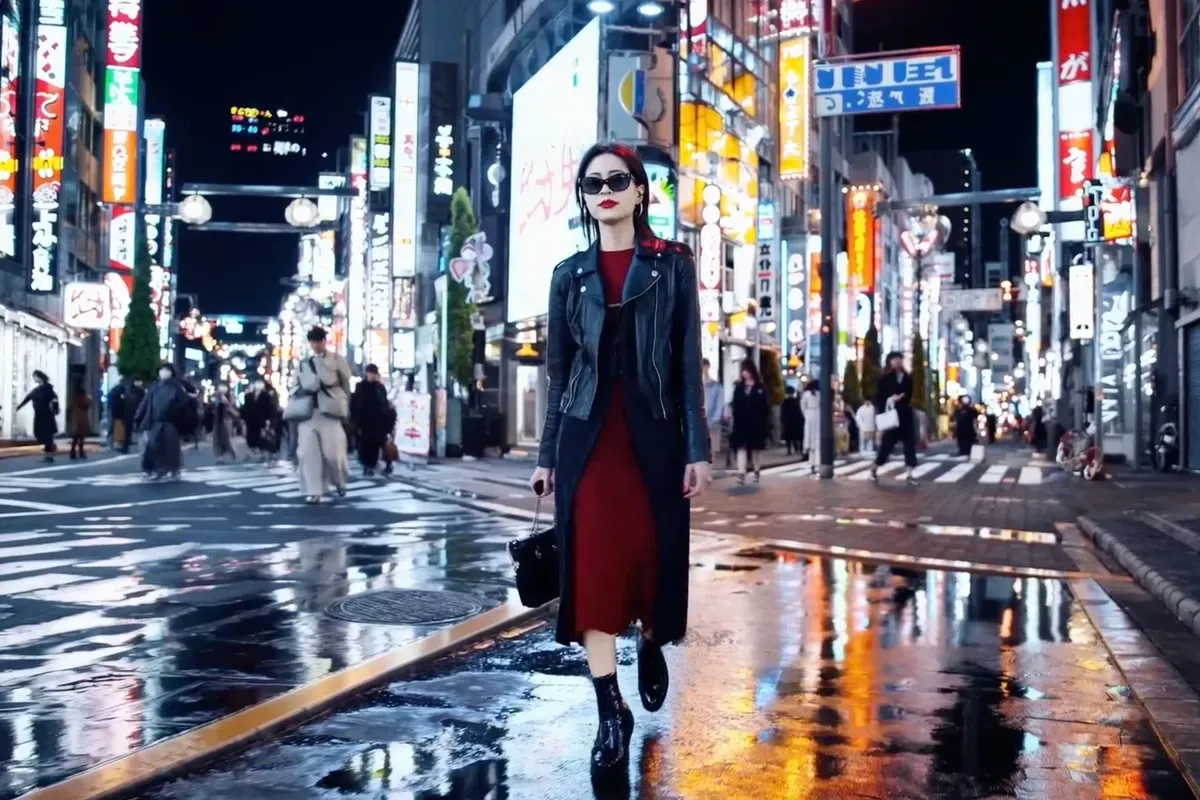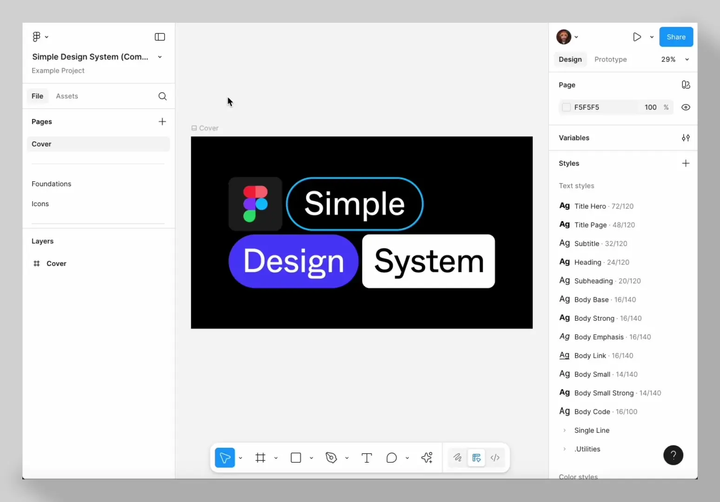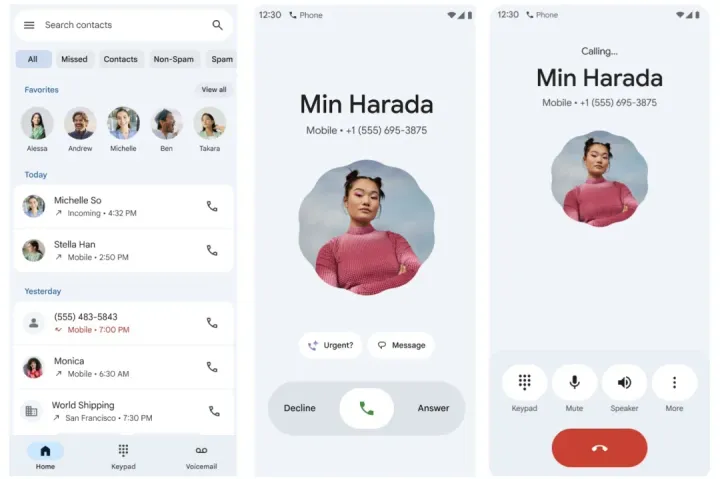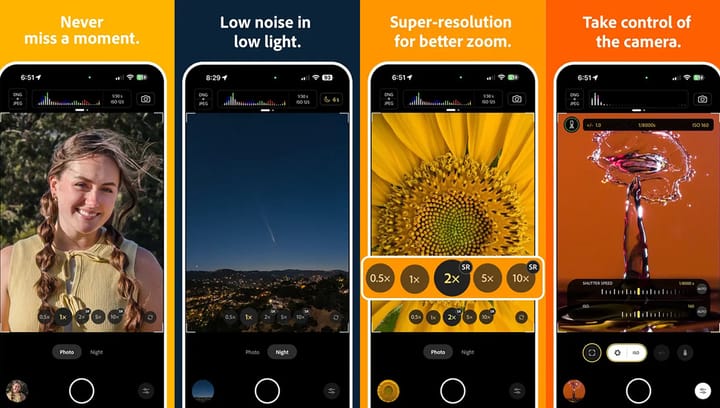OpenAI introduces Sora, its text-to-video AI model
OpenAI introduces Sora, a text-to-video model creating high-fidelity scenes from user prompts. Explore its capabilities and potential implications for video generation.

Sora empowers users to create high-fidelity videos, up to 60 seconds in length, directly from textual descriptions. As detailed in OpenAI's introductory blog post, the model possesses the ability to construct intricate scenes with numerous characters, specific motion sequences, and accurate details of both the subject and background. Moreover, Sora demonstrates an understanding of how objects interact within the physical world, allowing for the accurate depiction of props and characters expressing various emotions.
:no_upscale():format(webp)/cdn.vox-cdn.com/uploads/chorus_asset/file/25288007/sora.gif)
Beyond generating videos from scratch, Sora exhibits the ability to create videos based on a still image, interpolate missing frames in existing videos, or even extend them. Examples showcased in OpenAI's blog post include an aerial view of California during the Gold Rush era and a video simulating the experience of riding a train in Tokyo. While some AI-generated artifacts are noticeable, such as minor inconsistencies in physics, the overall results demonstrate significant progress in the field.
This development follows a trend of text-to-image generation models like Midjourney taking center stage in recent years. However, video generation technology has witnessed rapid advancements as well, with companies like Runway and Pika exhibiting their own impressive text-to-video models. Google's Lumiere model is anticipated to be one of OpenAI's principal competitors in this domain, offering similar text-to-video functionalities and the ability to create videos from still images.
Currently, access to Sora is restricted to "red teamers" tasked with evaluating its potential risks and harms. Additionally, OpenAI is granting access to a select group of visual artists, designers, and filmmakers to gather feedback. It is important to note that the current model may not accurately simulate complex physics or correctly interpret certain cause-and-effect relationships.
Earlier this month, OpenAI implemented watermarks in its text-to-image tool, DALL-E 3, acknowledging their potential for removal. As with other AI products, OpenAI will need to address the potential misuse of Sora and the risk of photorealistic, AI-generated videos being mistaken for genuine footage.



